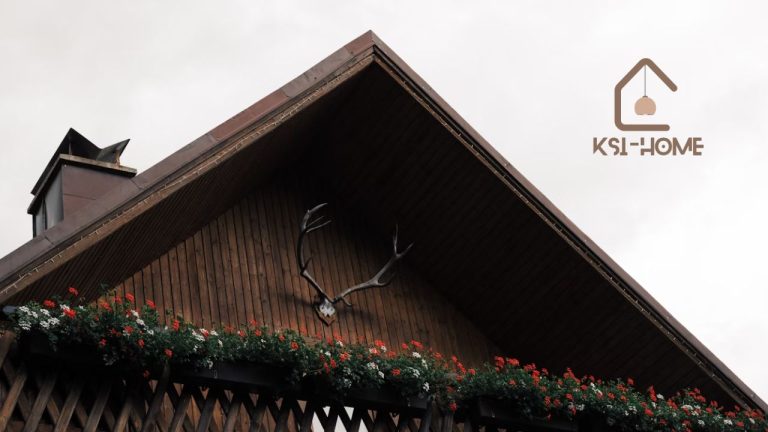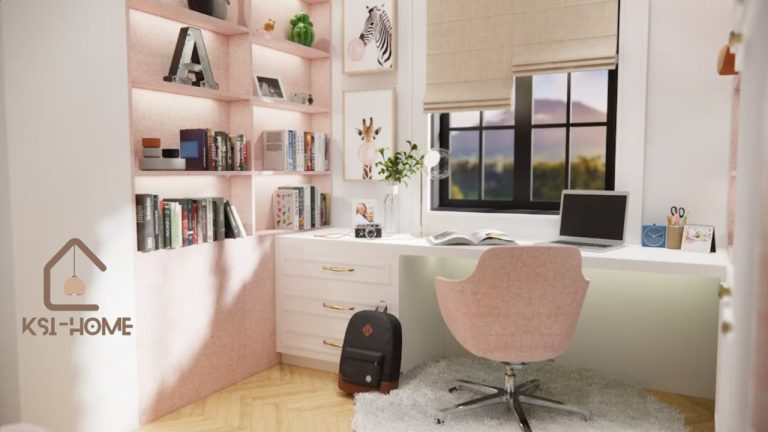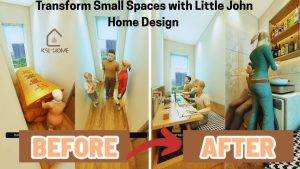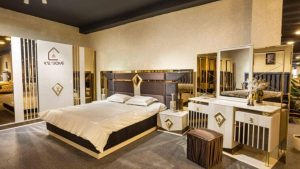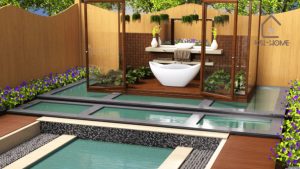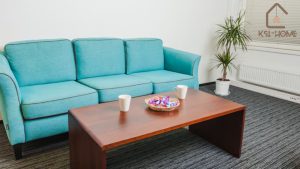Home decor has the power to transform a house into a warm, inviting space that reflects your personality. But many of us have had the same thought while browsing for furniture or accessories: why does home decor come with such steep price tags? From handcrafted coffee tables to luxurious textiles, the cost of decorating a home can be surprisingly high.
Let’s break down the reasons behind the costs of home decor and explore what makes it such an investment.
The Craftsmanship You’re Paying For
One of the key reasons home decor is expensive lies in the craftsmanship behind many of these pieces. Items crafted by hand or designed by skilled artisans often command higher prices because of the care, time, and expertise involved. For example, consider a hand-knotted wool rug. Creating such a masterpiece might take months of work and requires years of training to perfect. This level of detail and high quality is simply impossible to replicate with mass production techniques.
Artisanal craftsmanship can also extend to furniture and accessories. Coffee tables made from solid wood, for instance, are often made by hand to ensure structural integrity and a beautiful, natural finish. Investing in such pieces means you’re paying for durability and attention to detail, both of which ensure that the items will last for years.
High-Quality Materials That Stand the Test of Time
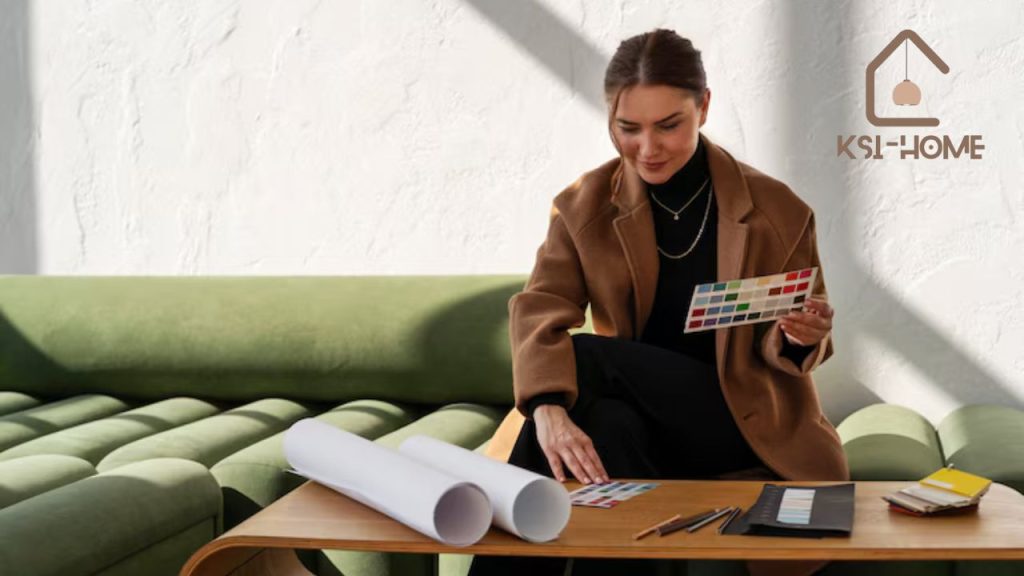
The materials used in home goods also play a significant role in driving up costs. High-quality materials such as solid hardwoods, natural stone, or premium textiles are durable and attractive but come with a higher resource and production cost.
For example, a couch made with a solid wood frame and 100% wool upholstery will cost significantly more than one with a particleboard frame and synthetic fabric. However, the higher upfront expense often translates to better longevity, giving you more value over time.
Additionally, sustainable and eco-friendly materials are increasingly in demand due to environmental concerns. Items made with these materials, like bamboo flooring or recycled glass decor, often cost more due to their eco-conscious production processes.
Designed to Elevate Your Space
Interior designers often emphasize the importance of statement pieces that elevate a room and make spaces feel luxurious. This aesthetic premium means that items like designer coffee tables or bespoke light fixtures often cost more—not just for their material value but because they add a unique and striking dimension to your home.
Customized or limited-edition designs introduce another layer of exclusivity that drives up costs. A handmade vase by a renowned artisan or a limited-run furniture collection reflects a level of uniqueness that mass-market products can’t match. These design elements can turn your home into something truly one-of-a-kind.
Supporting Ethical Labor Practices
Another hidden cost of home decor is tied to ethical production practices. Brands that prioritize fair wages, safe working conditions, and sustainable production tend to charge more. While it’s easy to find inexpensive mass-produced goods, they usually come from factories with less rigorous labor standards.
Paying more for ethically made goods is an investment in not only the quality of the item but also the welfare of the people who create it.
Handmade vs. Mass-Produced Goods

The distinction between handmade and mass-produced items is also significant. Handmade home goods offer an authenticity and character that machine-made items cannot replicate. Each piece is unique, with tiny variations that tell a story about the person who made it.
On the other hand, mass-produced goods are cheaper because they are made quickly and with less oversight, often resulting in lower quality and shorter lifespans. Over time, replacing mass-produced home decor may negate any savings and end up costing you more.
The Rise of Design Trends and Demand
The popularity of certain home decor trends can also influence prices. Minimalist and mid-century modern styles, for example, have surged in popularity in recent years. This drives up demand for certain types of furniture and decor, causing prices to rise, particularly in high-demand categories like coffee tables and wall art.
Additionally, social media influences the way we decorate our spaces. Apps like Pinterest and Instagram make it easy to fall in love with gorgeous interiors, inspiring us to recreate similar looks in our own homes. However, replicating these stunning spaces often means investing in stylish, well-made items that can elevate your home.
Longevity and the Cost Per Use
When considering the price tag of home decor, it’s helpful to think long term. While a handmade solid wood table might seem expensive upfront, its durability and timeless design can make it a worthwhile investment. Items like this often have a lower “cost per use” compared to cheaper alternatives that need frequent replacement due to wear and tear.
For example, high-quality bedding or a premium quality rug may feel like a splurge, but the comfort and longevity they offer make them a smart financial decision over time. Investing in fewer, higher-quality pieces can often save money in the long run.
How to Make Smart Choices Without Breaking the Bank

Decorating your home doesn’t always mean spending a fortune. There are ways to balance quality and cost to make your spaces feel luxurious without overspending. Here are some practical tips:
- Mix High and Low
Combine investment pieces with more affordable finds. A statement coffee table can anchor a room, while budget-friendly decor accessories like candles or throw pillows can enhance the space. - Shop Vintage or Secondhand
Exploring flea markets or online marketplaces like Facebook Marketplace can help you find unique, high-quality pieces at a fraction of the cost. - DIY Projects
If you’re handy, consider tackling small DIY home decor projects. A simple coat of paint or new hardware can make a big difference in refreshing old furniture. - Prioritize Key Items
Focus your budget on the pieces you use most or that have the biggest impact on your space. For example, splurge on a durable, comfortable sofa but save on decorative knick-knacks. - Wait for Sales
Many retailers offer seasonal discounts or end-of-year sales. Waiting for these opportunities can help you score high-end items at reduced prices.
Final Thoughts
Home decor can be expensive, but understanding the reasons behind the price tags—from craftsmanship and materials to ethical production practices and design exclusivity—can make the investment feel worthwhile. By balancing priorities, shopping smart, and appreciating the quality and story behind each piece, you can create a home that is not only beautiful but also meaningful.
At the end of the day, your home should reflect you. Whether you favor timeless antiques or trendy new pieces, the goal is to create spaces that feel inviting, comfortable, and uniquely yours.
Admin Recomended
DecoratorAdvice.com: Your Trusted Home Decor Guide in 2025
Aqua Fusion Quartzite: Stunning Brazilian Beauty for Kitchens



